Home>Garden Essentials>Which City Has The Most Green Space
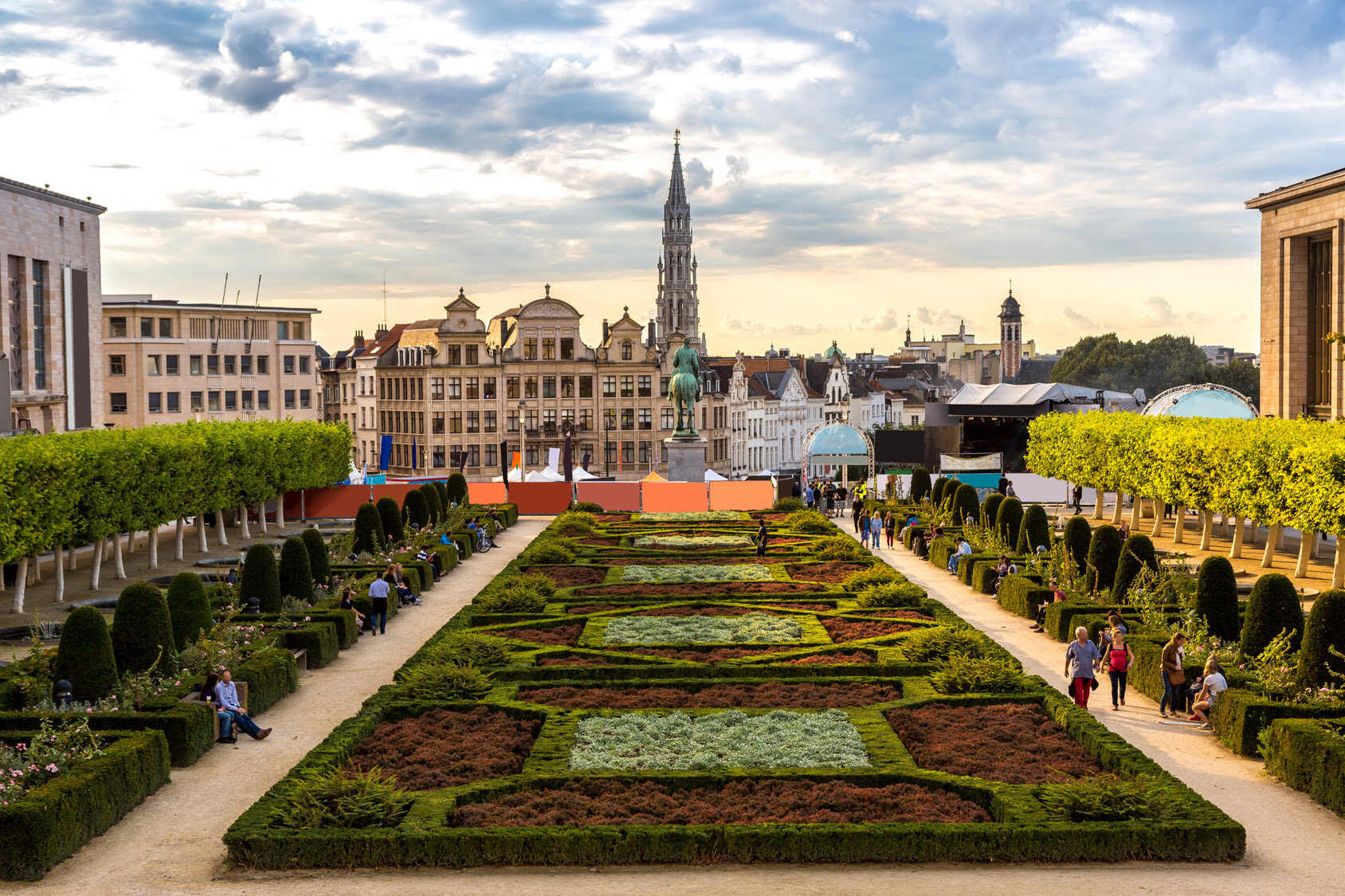

Garden Essentials
Which City Has The Most Green Space
Modified: March 7, 2024
Discover which city boasts the most green space and beautiful gardens. Explore urban oases and thriving natural landscapes in this garden lover's paradise.
(Many of the links in this article redirect to a specific reviewed product. Your purchase of these products through affiliate links helps to generate commission for Storables.com, at no extra cost. Learn more)
Introduction
Welcome to the lush world of green spaces within cities! Urban green space has become an essential element in city planning and design, offering countless benefits to residents and visitors. These green havens provide a breath of fresh air in the midst of concrete jungles, offering a respite from the hustle and bustle of city life.
In this article, we will explore the cities that boast the most green space and delve into the factors considered in ranking them. We will also discuss the numerous benefits that green spaces bring to urban areas, as well as the challenges faced in maintaining and expanding these areas.
Whether you are a nature lover, an urban dweller seeking tranquility amidst urban chaos, or simply curious about the incredible diversity of green spaces within cities, this article will take you on an informative journey through the world’s greenest cities.
Key Takeaways:
- 1. Green spaces in cities, like parks and gardens, provide numerous benefits such as improving physical health, reducing stress, and supporting biodiversity, making cities more livable and sustainable.
- 2. Cities like Vancouver, Singapore, and Munich lead the way in creating and maintaining green spaces, but challenges like limited space and budget constraints require creative solutions for their preservation.
Methodology
Ranking cities based on the amount of green space they possess is a complex task that requires careful consideration of various factors. To determine which cities have the most green space, experts and researchers utilize a combination of quantitative data and qualitative assessments.
The primary quantitative data used in the ranking process includes the total area of parks, gardens, forests, and other green areas within a city. This data is collected from governmental sources, environmental agencies, and local authorities. The total area of green space is then calculated and compared among cities to identify the leaders in terms of sheer size.
However, it’s important to note that mere size doesn’t paint the complete picture. To ensure a comprehensive evaluation of green spaces, qualitative assessments are conducted. This involves analyzing the quality of green spaces based on factors such as biodiversity, accessibility, maintenance, and amenities.
Qualitative assessments often involve site visits and surveys conducted by experts in the field. They evaluate the health and diversity of plant and animal species, the presence of amenities like walking trails and picnic areas, and the overall cleanliness and maintenance of the green spaces.
Combining the quantitative data and qualitative assessments provides a well-rounded ranking methodology that takes into account not only the size but also the overall quality of green spaces within a city.
It’s important to note that ranking green spaces in cities is a dynamic process, as cities constantly evolve and develop their urban landscapes. New green spaces are created, and existing ones may change in size or quality due to various factors such as urban renewal or natural disasters.
With this methodology in mind, let’s now explore the top cities that have emerged as leaders in terms of green space.
Top Cities with the Most Green Space
When it comes to cities with abundant green spaces, several urban destinations stand out for their commitment to preserving and promoting nature within their borders. These cities have recognized the importance of green spaces in enhancing the quality of life for their residents and visitors.
1. Vancouver, Canada: Known for its stunning natural beauty, Vancouver tops the list with an impressive amount of green space. The city is home to Stanley Park, one of the largest urban parks in North America, providing over 1,000 acres of lush green forest, trails, and panoramic views of the city and mountains. Vancouver prides itself on its network of parks and gardens that intertwine with the urban landscape.
2. Singapore: Despite its reputation as a modern metropolis, Singapore has made significant efforts to include green spaces in its city planning. The city-state boasts the iconic Gardens by the Bay, a futuristic park featuring unique and diverse plant species. Singapore has also implemented a policy of greening its buildings, with rooftop gardens and vertical greenery becoming a common sight.
3. Munich, Germany: With its mix of historic charm and natural landscapes, Munich has garnered a reputation as a green oasis in Germany. The English Garden, one of the largest urban parks in the world, covers over 900 acres and offers a myriad of recreational activities such as biking, jogging, and boating. The city also values its urban forests and botanical gardens, ensuring that greenery is never too far away.
4. Portland, United States: Known for its eco-consciousness and emphasis on sustainability, Portland has a vast array of green spaces. Forest Park, stretching over 5,000 acres, is a prime example of the city’s dedication to preserving natural habitats. Moreover, Portland promotes community gardens and public spaces to foster a sense of connection with nature.
5. Tokyo, Japan: Tokyo may be a bustling megacity, but it has managed to weave green spaces throughout its urban fabric. The city’s parks, such as Ueno Park and Yoyogi Park, provide serene retreats amidst the skyscrapers. Tokyo has also embraced rooftop gardens and vertical forests, utilizing limited space to maximize its green footprint.
These cities are just a few examples of the world’s top green spaces, but many other destinations are making significant efforts to prioritize nature within their urban environments as well.
Factors Considered in Ranking Green Space
When ranking green spaces in cities, several factors are taken into consideration to provide a comprehensive assessment of their quality and impact. These factors go beyond the sheer size of the green areas and delve into various aspects that contribute to the overall value of the space.
1. Size and Quantity: The total area of green space within a city is an important factor to consider. Larger green spaces provide more opportunities for recreation, biodiversity, and ecosystem services. However, the size alone is not the sole determining factor.
2. Diversity of Flora and Fauna: The presence of diverse plant and animal species adds richness and ecological value to green spaces. The greater the variety of flora and fauna, the more sustainable and resilient the green space becomes. Assessing the biodiversity within green spaces helps determine their ecological health.
3. Accessibility and Connectivity: Green spaces should be accessible to residents from different areas of the city. The proximity of green spaces to residential areas, ease of access through public transportation, and presence of pedestrian and cycling paths are important considerations. Connectivity between green spaces also enhances their value, allowing for larger corridors for wildlife movement.
4. Amenities and Infrastructure: The availability of amenities and infrastructure within green spaces contributes to their usability and appeal. Amenities such as playgrounds, picnic areas, sports facilities, and public amenities like restrooms and drinking fountains enhance the recreational value of green spaces.
5. Maintenance and Management: Green spaces require ongoing maintenance and management to ensure their longevity and usefulness. Regular upkeep, cleanliness, and proper management of parks and gardens contribute to their attractiveness and functionality. This includes considerations such as efficient irrigation systems, waste management, and pest control methods that prioritize environmental sustainability.
6. Sustainability and Eco-friendliness: Green spaces should be developed and managed in an environmentally sustainable manner. This includes using organic and eco-friendly gardening practices, minimizing the use of chemical pesticides and fertilizers, and adopting sustainable infrastructure solutions such as rainwater harvesting and renewable energy sources.
By considering these factors, experts can evaluate green spaces in cities holistically, taking into account not just size but also the ecological, social, and recreational aspects that contribute to their overall value.
Tokyo, Japan has the most green space of any city in the world, with over 3,000 public parks.
Benefits of Green Space in Cities
Green spaces in cities offer a multitude of benefits that enhance the overall well-being of residents and contribute to a sustainable urban environment. These benefits have both physical and mental impacts, making green spaces a vital component of urban planning and design. Here are some of the key benefits of green spaces:
1. Improved Physical Health: Green spaces provide opportunities for physical activity such as walking, jogging, cycling, and sports. Engaging in outdoor activities not only promotes a healthy lifestyle but also reduces the risk of chronic diseases such as obesity, cardiovascular diseases, and respiratory problems.
2. Mental Well-being and Stress Reduction: Spending time in nature has a calming and stress-reducing effect on individuals. Green spaces in cities offer a sanctuary where people can escape from the noise and chaos of urban life, improving mental well-being and boosting mood and cognitive function.
3. Enhanced Air Quality: Trees and plants in green spaces act as natural filters, absorbing pollutants and releasing oxygen. This helps improve air quality in urban areas, reducing the impacts of air pollution on respiratory health and creating a healthier living environment.
4. Biodiversity Conservation: Green spaces play a vital role in preserving and promoting biodiversity within urban landscapes. They provide habitats for a wide range of plant and animal species, including important pollinators such as birds, bees, and butterflies. Protecting biodiversity is essential for maintaining ecosystem balance and promoting a sustainable environment.
5. Social Cohesion and Community Building: Green spaces serve as gathering places, where communities can come together, socialize, and engage in recreational activities. They promote social interaction, foster a sense of belonging, and strengthen community ties, creating a more cohesive and resilient urban fabric.
6. Climate Mitigation and Adaptation: Green spaces contribute to climate change mitigation by sequestering carbon dioxide and reducing urban heat island effects. They also help in mitigating the impacts of extreme weather events by acting as natural buffers against flooding and providing shade and cooling effects.
7. Economic Benefits: Well-maintained green spaces increase property values and attract businesses, tourists, and visitors. They create opportunities for eco-tourism, outdoor events, and recreational activities, contributing to local economies and driving sustainable development.
The benefits mentioned above are just a glimpse of the positive impact that green spaces have on cities. By incorporating and nurturing green spaces in urban planning, cities can create healthier, more sustainable, and livable environments for current and future generations.
Read more: Which Country Has The Most Greenery
Challenges in Maintaining Green Space
While green spaces in cities offer numerous benefits, their maintenance and preservation come with several challenges. These challenges require careful planning, management, and community involvement to ensure that green spaces thrive and continue to provide their myriad benefits. Here are some of the key challenges in maintaining green spaces:
1. Urbanization and Land Use Pressure: With urbanization, there is constant pressure on land for development, resulting in the loss of green spaces. The demand for housing, infrastructure, and commercial areas often leads to the conversion of green areas into concrete landscapes. Balancing urban growth with the need to preserve green spaces poses a significant challenge.
2. Limited Space: Cities are often characterized by limited space, making it challenging to create and maintain green spaces. Finding suitable areas for parks, gardens, and other green areas within the urban fabric requires innovative approaches, such as rooftop gardens, vertical forests, and green walls.
3. Budget Constraints: Maintaining green spaces requires financial resources for landscaping, maintenance, and infrastructure development. However, budget constraints and competing priorities can sometimes lead to inadequate funding for green space maintenance, resulting in neglected and poorly maintained areas.
4. Threats to Biodiversity: Urban green spaces are susceptible to invasive plant species, pests, and diseases that can harm native flora and fauna. Maintaining the biodiversity of green spaces requires vigilant monitoring, timely interventions, and the implementation of sustainable pest and disease management practices.
5. Water Management: Green spaces require appropriate irrigation and water management to ensure healthy plant growth. Ensuring efficient water use, especially in water-stressed regions, can be a challenge. Implementing sustainable water management practices, such as using recycled water and installing smart irrigation systems, can help address this challenge.
6. Maintenance and Resource Allocation: Green spaces require regular maintenance, including mowing, pruning, garbage collection, and infrastructure upkeep. Allocating sufficient resources and manpower for these maintenance activities can be a logistical challenge, particularly for cities with a large number of green spaces.
7. Community Engagement and Education: Encouraging community involvement and raising awareness about the importance of green spaces can be challenging. Building a sense of ownership and responsibility among residents and users of the green spaces is crucial for their long-term sustainability.
Addressing these challenges requires collaborative efforts between government authorities, environmental organizations, community groups, and urban planners. By developing strategic plans, implementing sustainable practices, and fostering community engagement, cities can overcome these challenges and ensure the preservation and maintenance of green spaces for generations to come.
Conclusion
Green spaces are not just patches of nature within cities; they are vital components that contribute to the overall well-being and sustainability of urban environments. The cities that prioritize the incorporation and maintenance of these green havens understand the importance of creating a balance between concrete structures and natural landscapes.
Throughout this article, we have explored the top cities with the most green space, the factors considered in ranking green spaces, the benefits they provide, and the challenges faced in maintaining them.
We have seen cities like Vancouver, Singapore, Munich, Portland, and Tokyo emerging as leaders in terms of green space, offering a diverse range of parks, gardens, and forests for residents and visitors to enjoy.
When ranking green spaces, factors such as size and quantity, biodiversity, accessibility, amenities, maintenance, and sustainability are taken into consideration. This holistic approach ensures that the ranking process accounts for not only the size but also the overall quality and ecological significance of green spaces.
The benefits of green spaces in cities are numerous and impactful. They improve physical health, support mental well-being, enhance air quality, conserve biodiversity, foster social cohesion, mitigate climate change, and contribute to local economies.
However, maintaining these green spaces comes with its own set of challenges. Urbanization, limited space, budget constraints, threats to biodiversity, water management, resource allocation, and community engagement are some of the key challenges that cities must address to ensure the longevity and vibrancy of green spaces.
In conclusion, green spaces in cities are not mere luxuries but necessities for creating livable, sustainable, and resilient urban environments. It is crucial for cities to prioritize and invest in the creation, maintenance, and preservation of green spaces, ensuring that future generations can continue to reap the benefits of these natural sanctuaries amidst the urban landscape.
Frequently Asked Questions about Which City Has The Most Green Space
Was this page helpful?
At Storables.com, we guarantee accurate and reliable information. Our content, validated by Expert Board Contributors, is crafted following stringent Editorial Policies. We're committed to providing you with well-researched, expert-backed insights for all your informational needs.
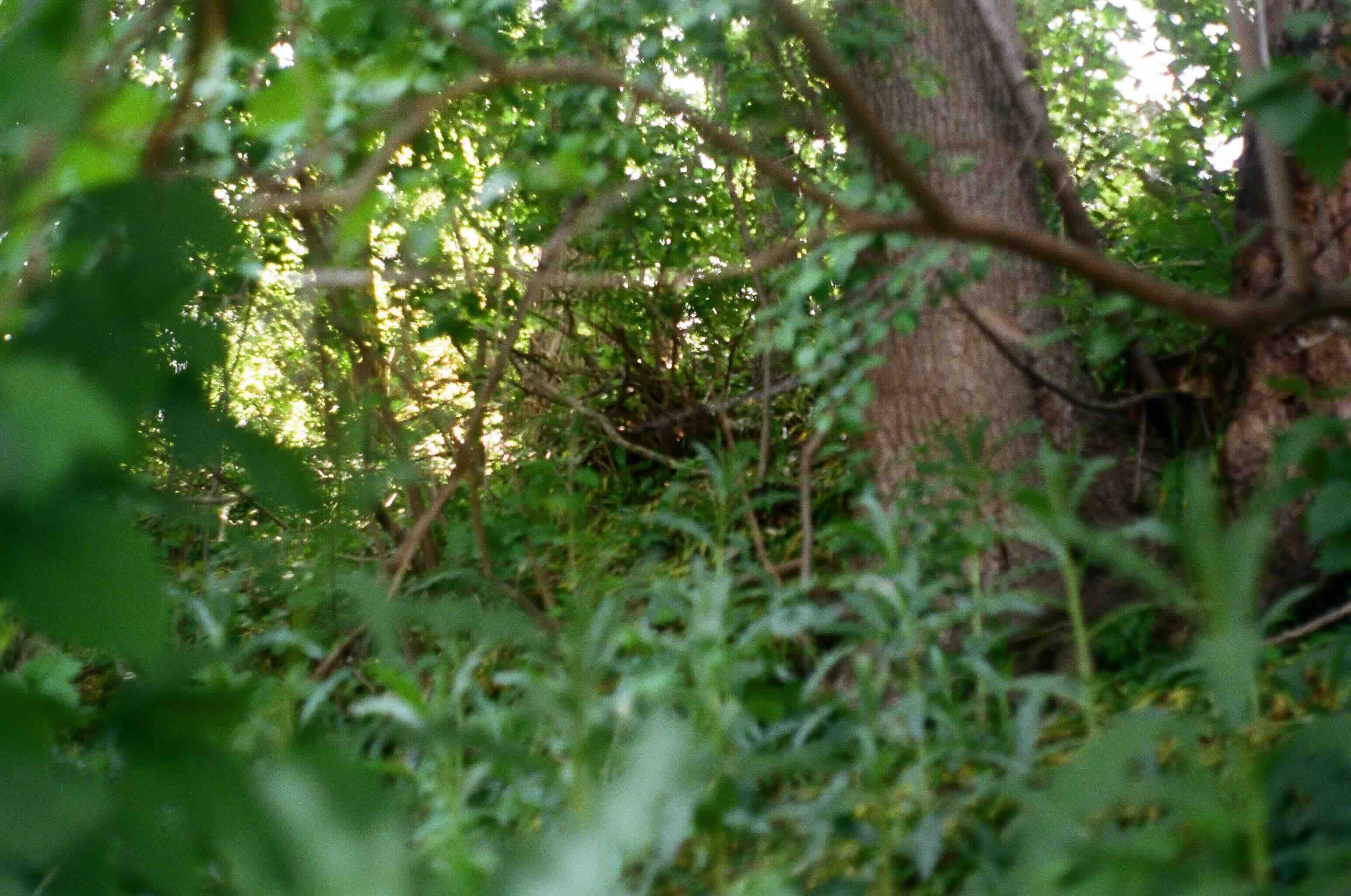




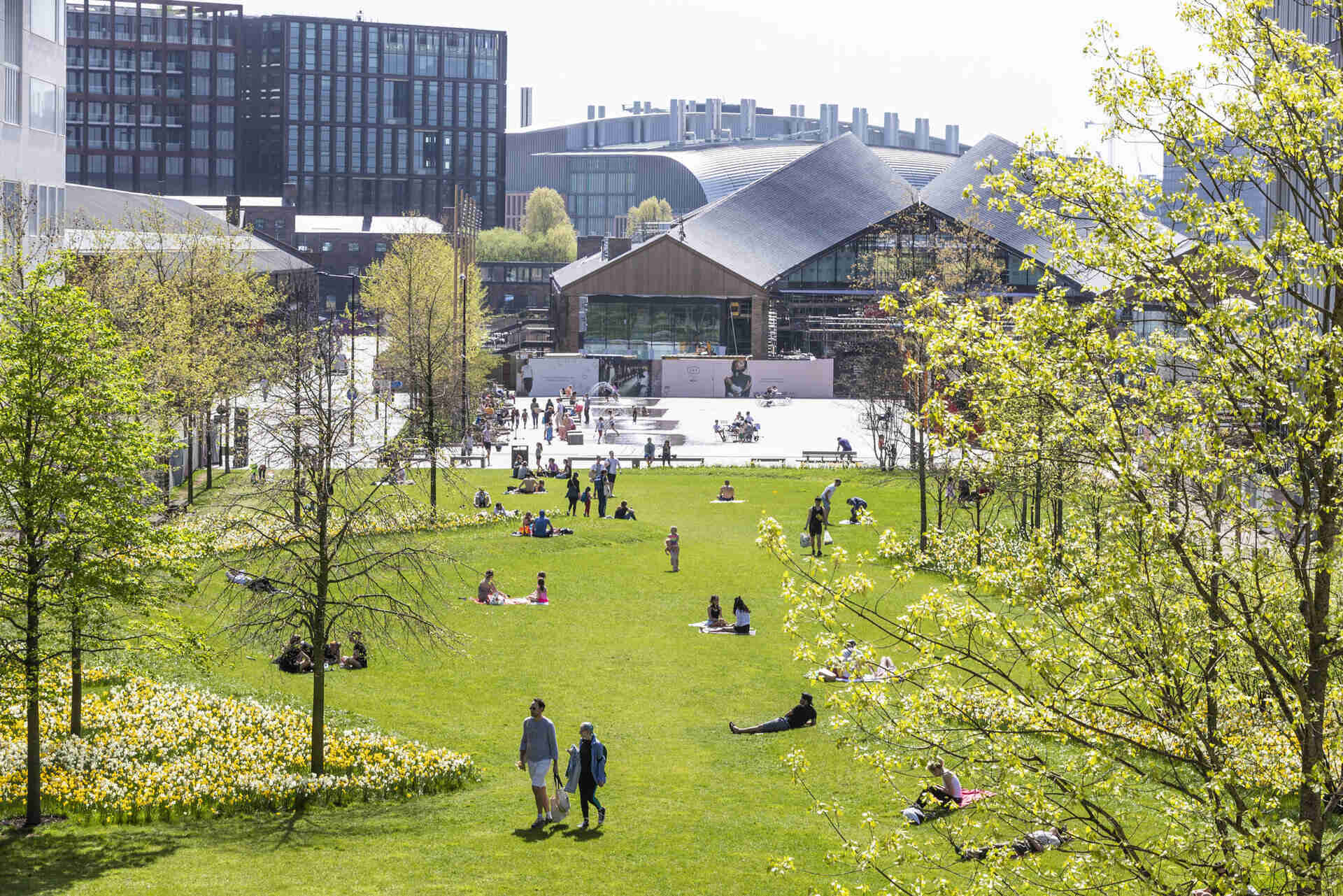

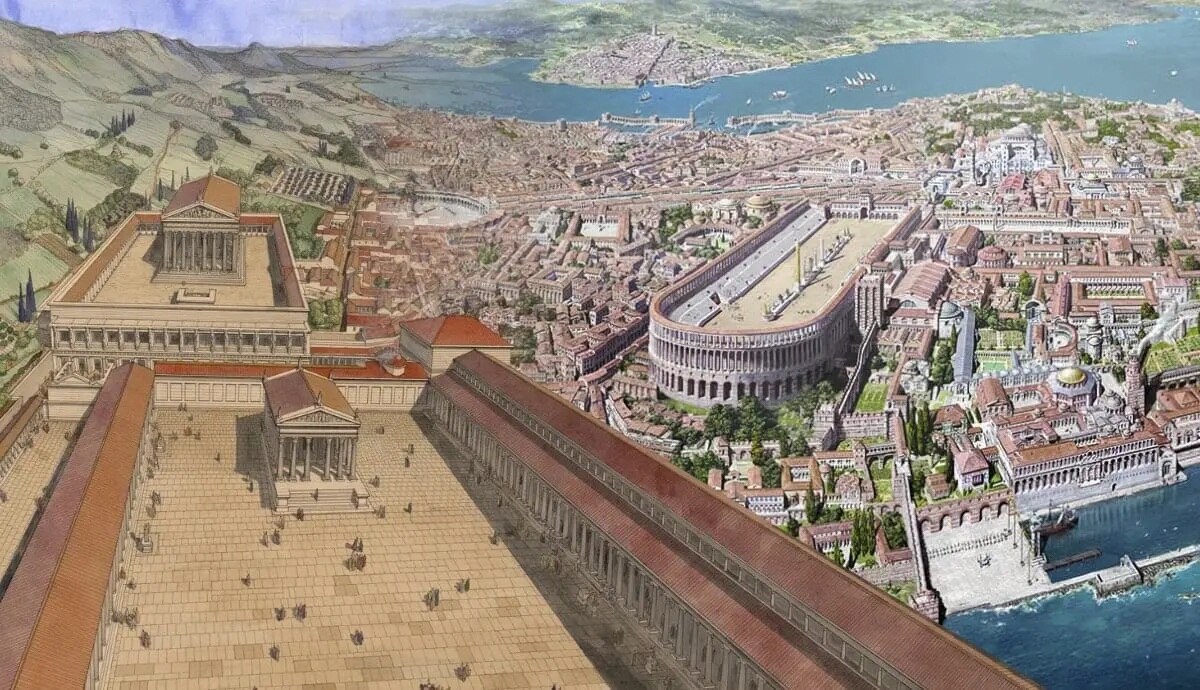
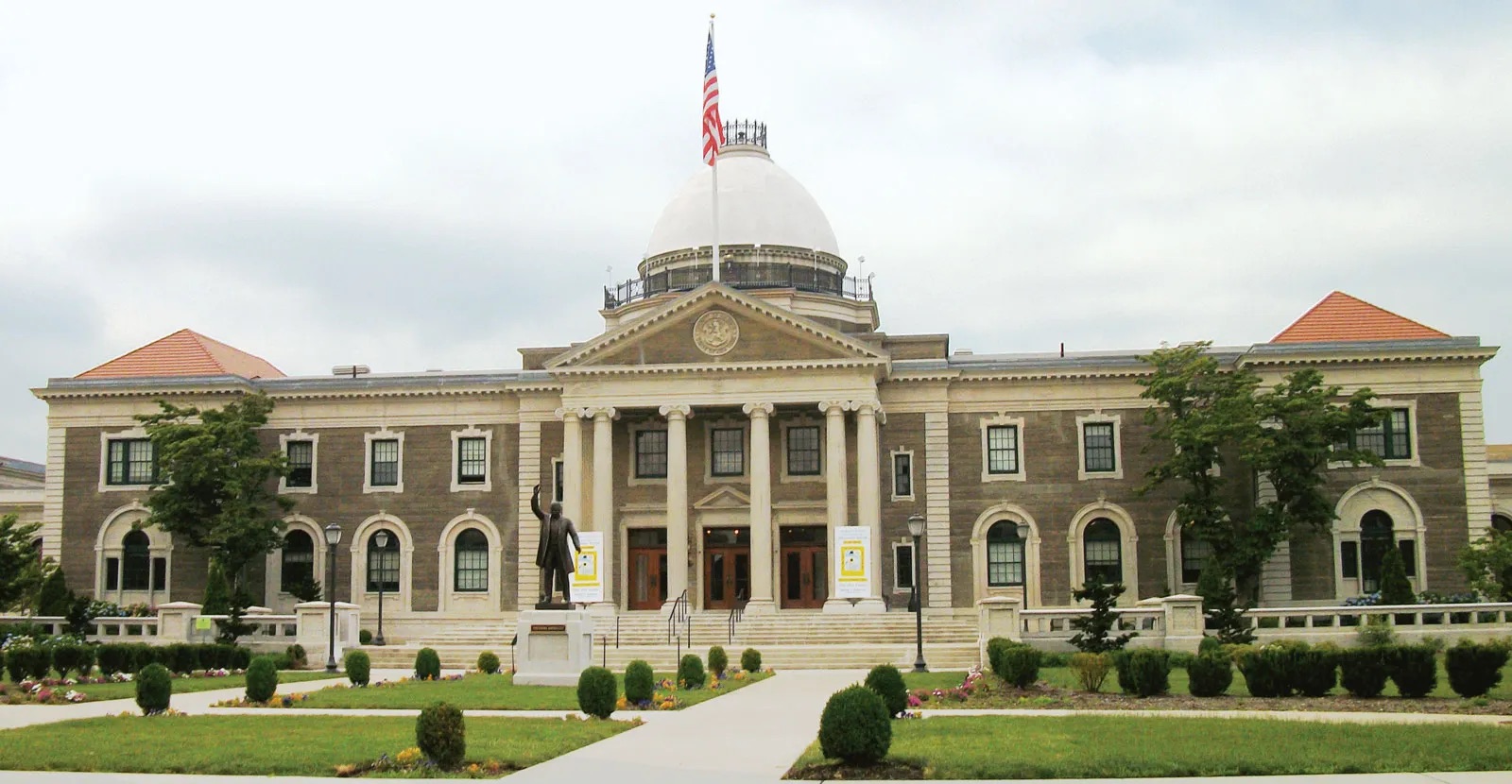

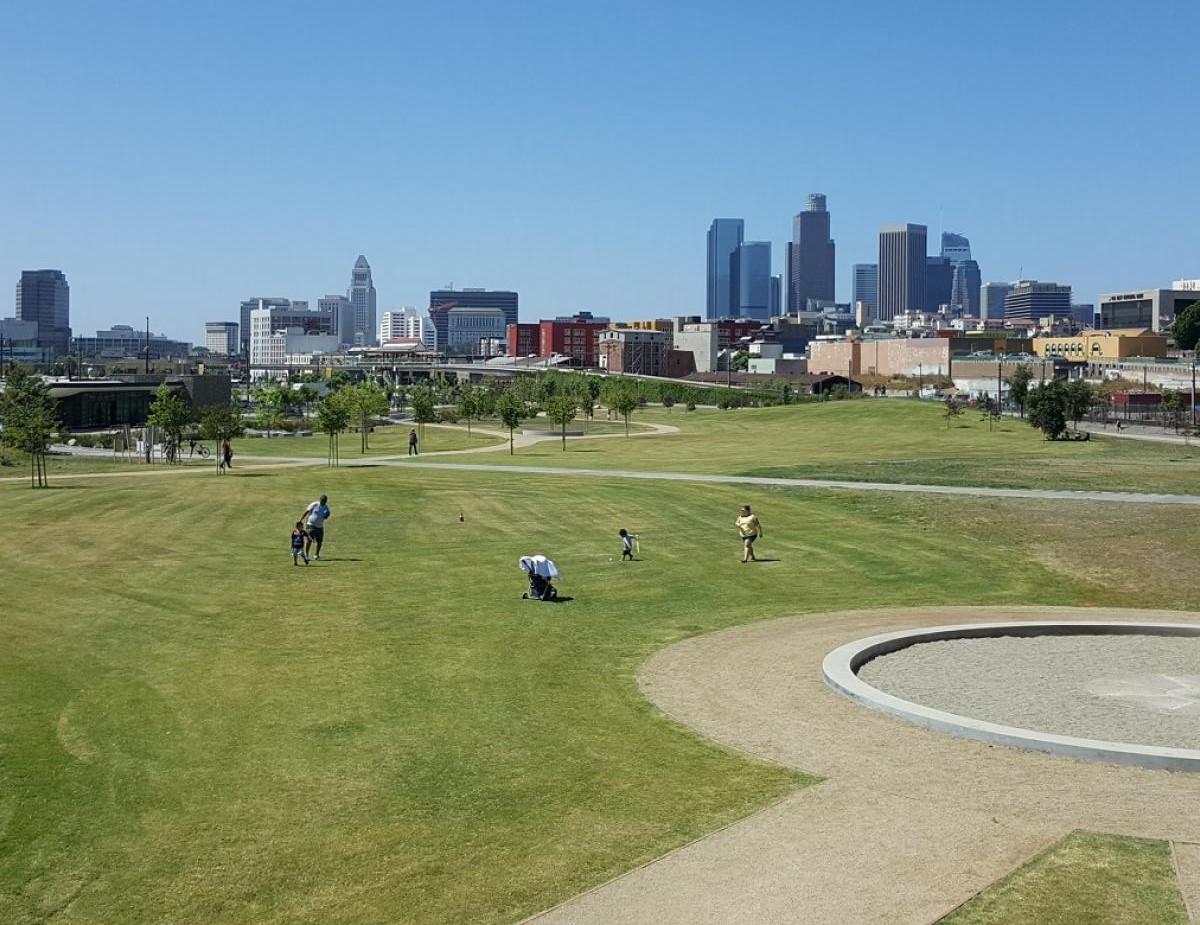
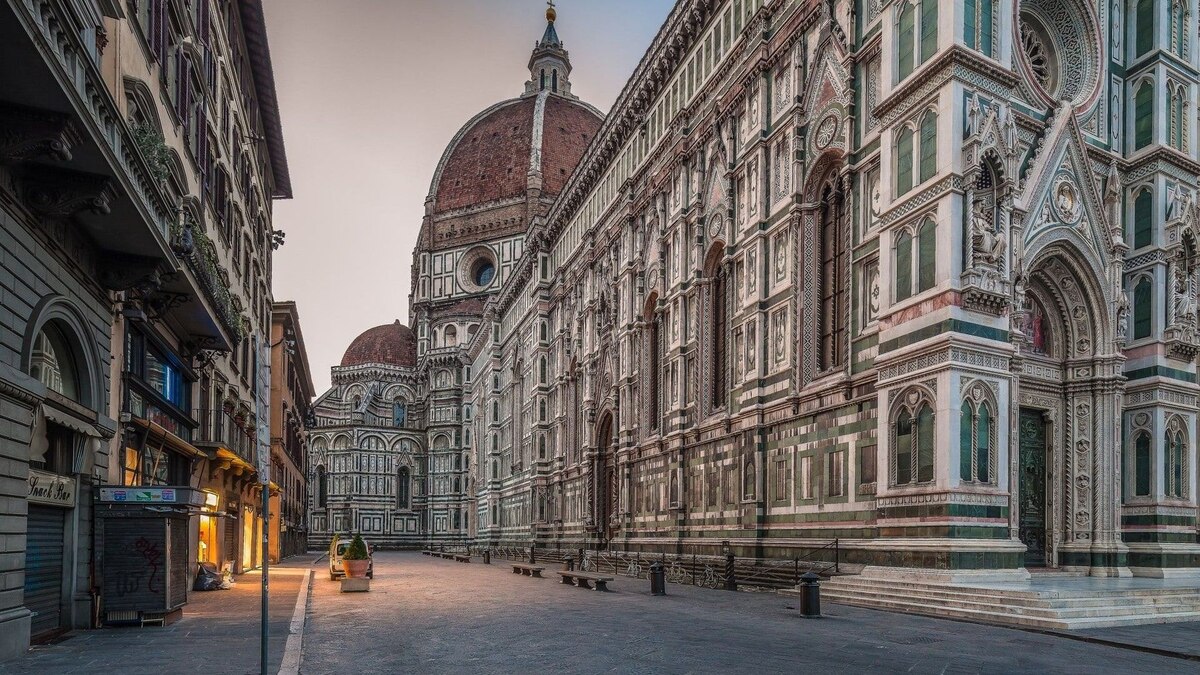
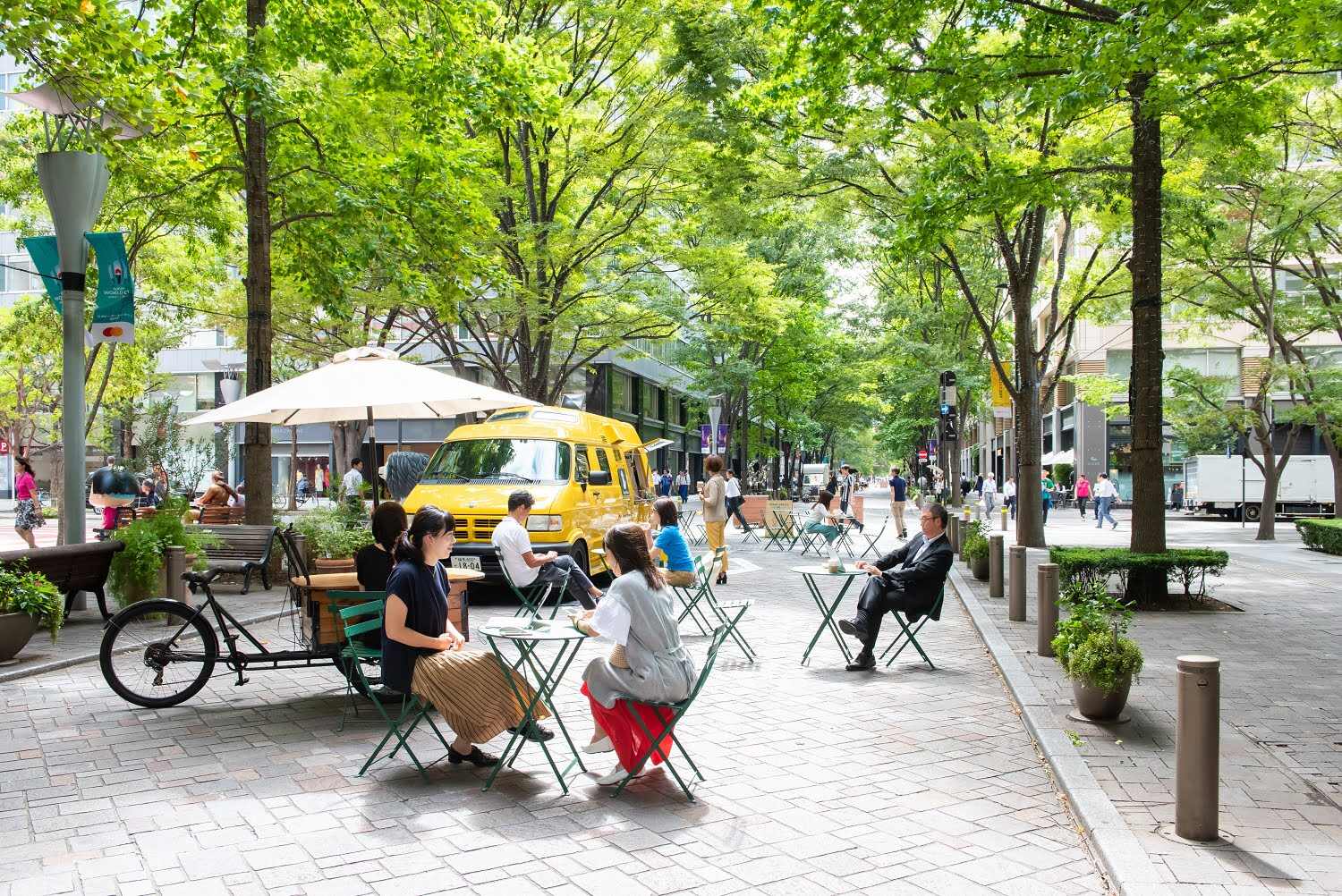


0 thoughts on “Which City Has The Most Green Space”